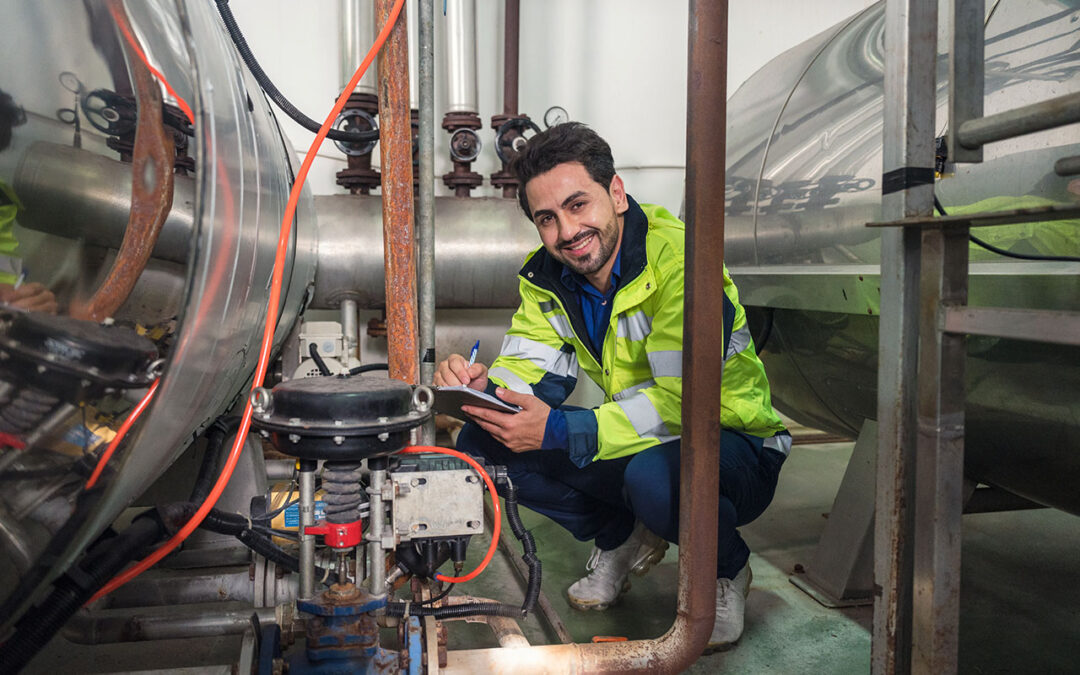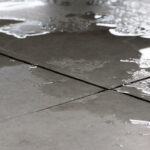Introduction
Water leaks don’t just waste resources. They ruin property, drive up bills, and can even shut down businesses. Leak detection systems are your first line of defence, but just like any piece of technology, they can become outdated or ineffective. If you’ve been wondering whether it’s time to upgrade your leak detection systems, this guide will walk you through the top five warning signs you shouldn’t ignore.
What Are Leak Detection Systems?
Leak detection systems are designed to find unwanted water flow in places it shouldn’t be – under floors, behind walls, or in ceilings. These systems are used in homes, commercial buildings, and industrial settings to detect leaks early and limit the damage.
Why Upgrades Matter
Leaving an old system in place because it still “kind of works” might seem cost-effective at first. But when you consider water damage repairs, lost inventory, or downtime from flooding, the risks stack up fast. Technology has moved on. If your system hasn’t, it’s time to rethink your approach. Making an effort to upgrade leak detection systems on a regular basis can actually end up saving you far more money, despite the initial upfront investment.
Sign #1 – Frequent False Alarms
When your system keeps going off for no reason, it stops being useful. Staff stop reacting to alerts. Homeowners unplug sensors. And eventually, real leaks go unnoticed. That’s when the damage begins.
The Impact of Repeated Errors
Chasing false alarms wastes time and money. If you’re regularly sending someone out to check non-existent problems, your system isn’t saving you anything – it’s costing you.
Sign #2 – Slow or No Detection
Leak detection should be fast. Water spreads quickly, and minutes can make a huge difference. If your system doesn’t alert you until the damage is visible, it’s already too late.
Outdated Technology Struggles with Speed
Older systems often use passive sensors that require direct contact with water to trigger. Newer systems can spot subtle changes in flow, humidity, or pressure before a visible leak forms.
Sign #3 – Poor Integration with Modern Systems
In today’s world, buildings are smart. Your lighting, air conditioning, and security are all connected – why not your leak detection?
The Automation Gap
Modern leak detection systems can send alerts to your phone, shut off valves automatically, or connect with building management software. If yours can’t, it’s holding your property back.
Sign #4 – Rising Maintenance Costs
If your system needs constant attention, you’re spending more on upkeep than you should be.
When Fixing Becomes More Expensive than Upgrading
Old systems often have hard-to-find parts or require specialists to fix. Over time, the cost of keeping it running adds up to more than the price of a replacement.
Sign #5 – Compliance or Insurance Issues
Many insurers now have strict requirements for leak protection, especially in commercial settings. If your system can’t meet them, your claims could be denied.
Insurance Terms Are Changing
Some policies require leak data logs, instant alerts, or water shut-off features. If your system can’t provide these, you’re taking a financial risk.
Bonus Sign – You’re Expanding or Renovating
Adding new areas to your property? Now’s the time to upgrade your leak detection system. New layouts, materials, and plumbing mean new risks. Upgrading now avoids compatibility issues later.
Benefits of Upgrading Your Leak Detection System
Aside from avoiding all the problems above, upgrading your system brings real benefits:
-
Instant alerts and faster response times
-
Less downtime due to water damage
-
Better insurance compliance
-
Lower overall maintenance costs
-
Remote monitoring from anywhere
What to Look for in a Modern Leak Detection System
When choosing a new system, here’s what to consider:
-
Real-time alerts: Get notified immediately when a leak starts.
-
Smart integration: Works with your smartphone or building systems.
-
Scalability: Can grow with your property.
-
Automatic shut-off valves: Stops the flow before the damage spreads.
-
Data tracking: Useful for insurance and maintenance logs.
DIY vs Professional Upgrade – Which Way to Go?
Some small upgrades can be done on your own – like swapping out sensors or installing a Wi-Fi alert system. But for full-scale systems, especially in commercial settings, it’s best to bring in professionals. They’ll assess your risks, design the layout, and make sure everything works together smoothly.
Final Thoughts
Ignoring the signs that your system needs upgrading can be a costly mistake. False alarms, slow responses, and rising maintenance bills are all clues that your current setup isn’t cutting it. Whether you manage a single property or a whole portfolio, now’s the time to take stock and consider if it’s time to upgrade your leak detection systems.
FAQs
1. How long should a leak detection system last?
Most systems last between 5 to 10 years, depending on their quality and how well they’re maintained.
2. Can I upgrade just parts of my system?
Yes, in many cases you can replace sensors or control panels without changing the whole setup. A professional can advise on compatibility.
3. Are wireless leak detectors reliable?
Modern wireless detectors are highly reliable and much easier to install in tricky locations. Just make sure they have a good signal and battery backup.
4. What’s the average cost of upgrading a leak detection system?
Costs can vary from a few hundred pounds for a basic home setup to several thousand for a commercial installation.
5. Will upgrading help with insurance premiums?
Some insurers offer lower premiums or excess if you have a modern system in place. It’s always worth checking.





